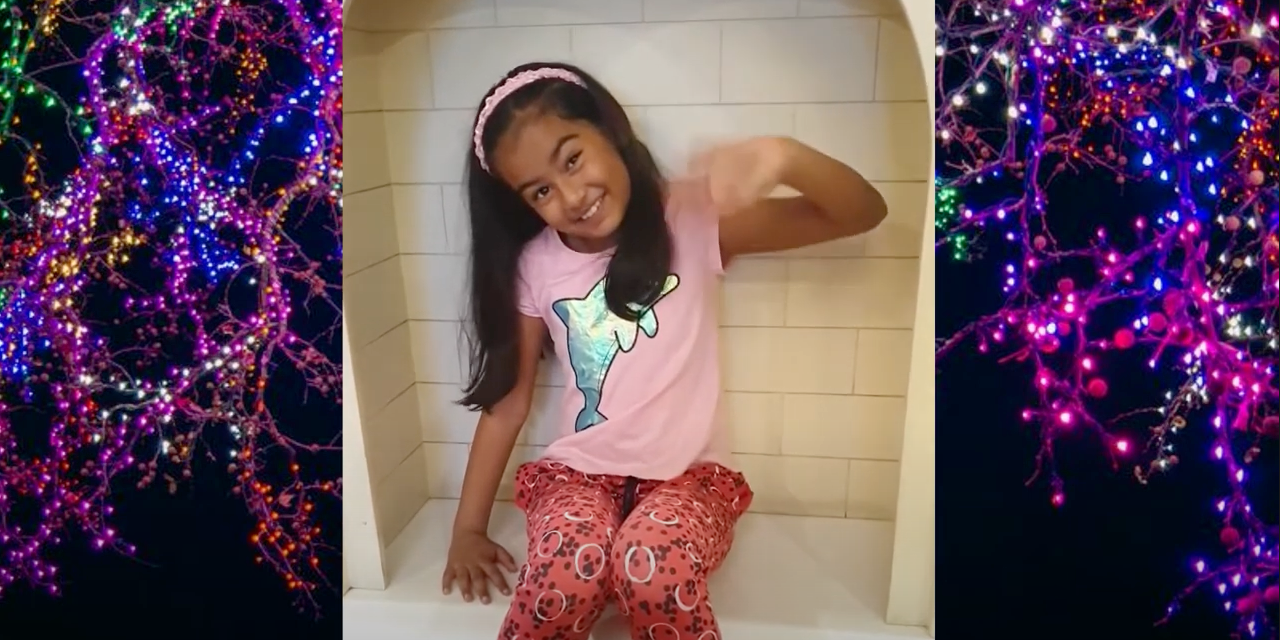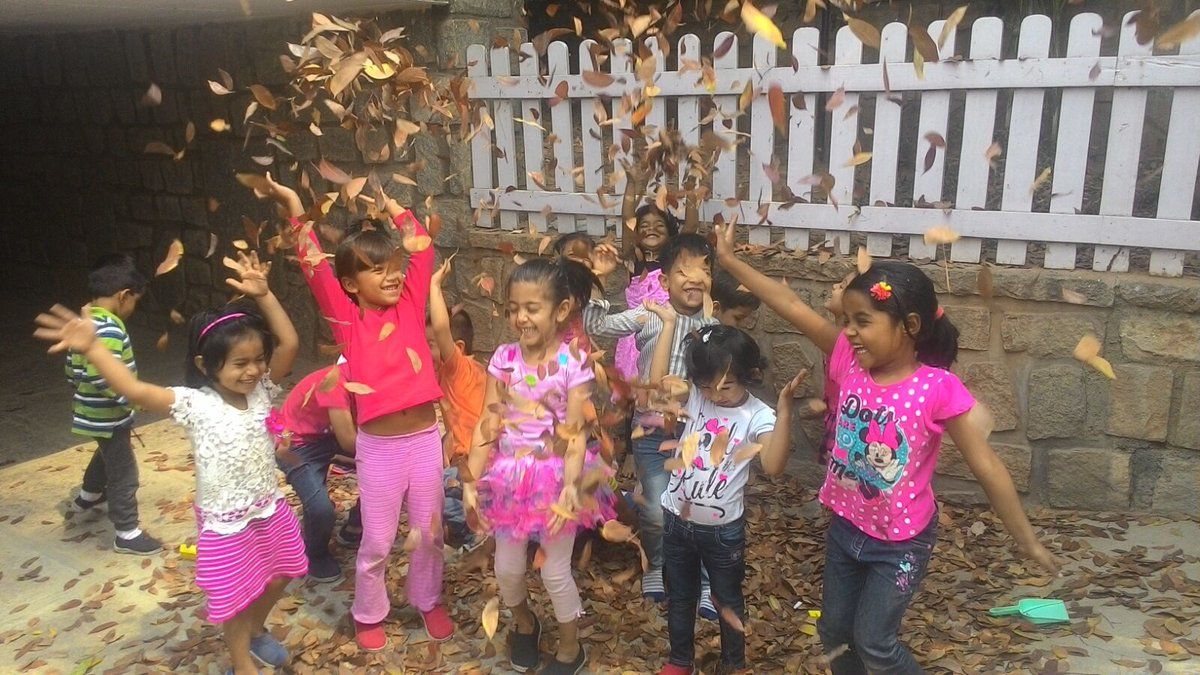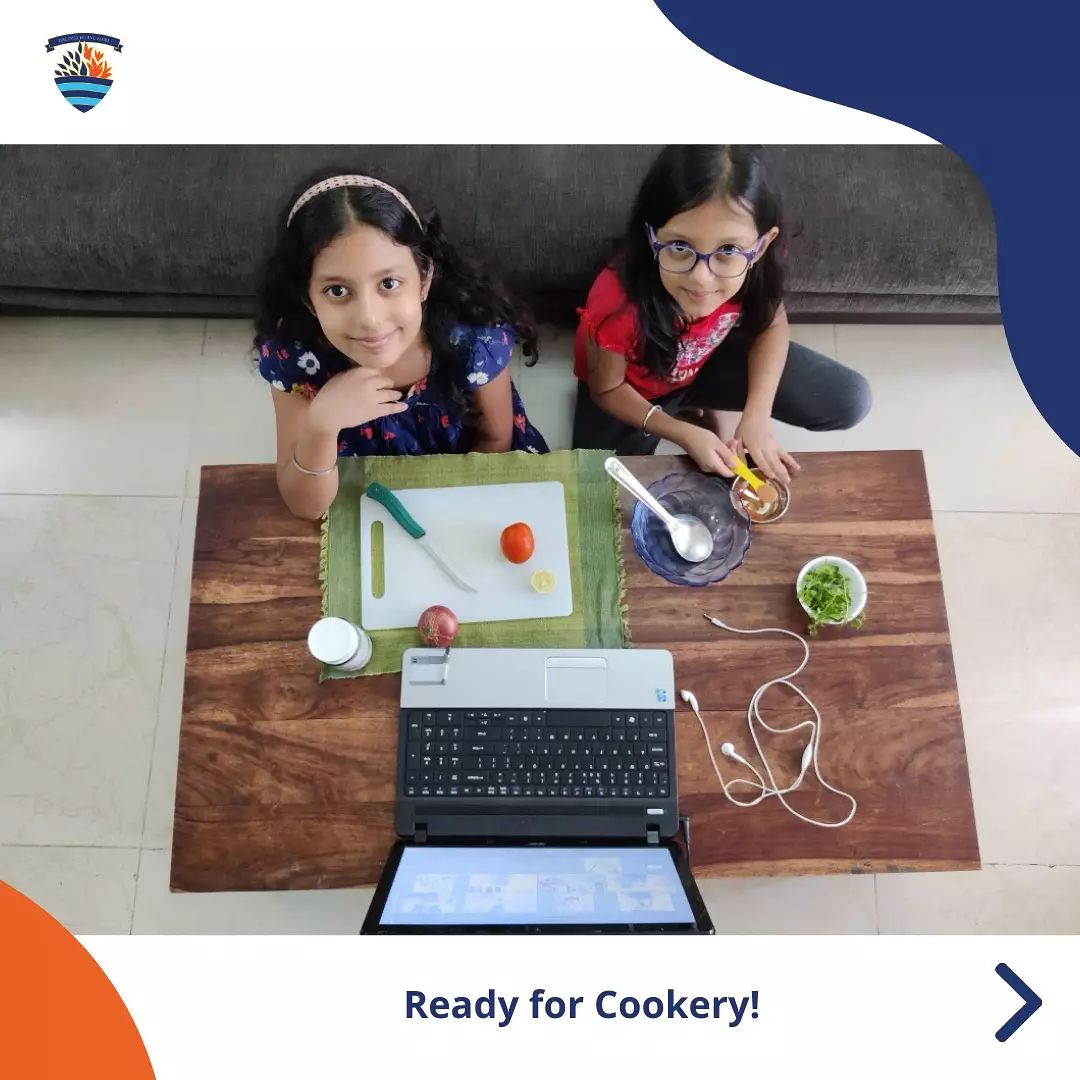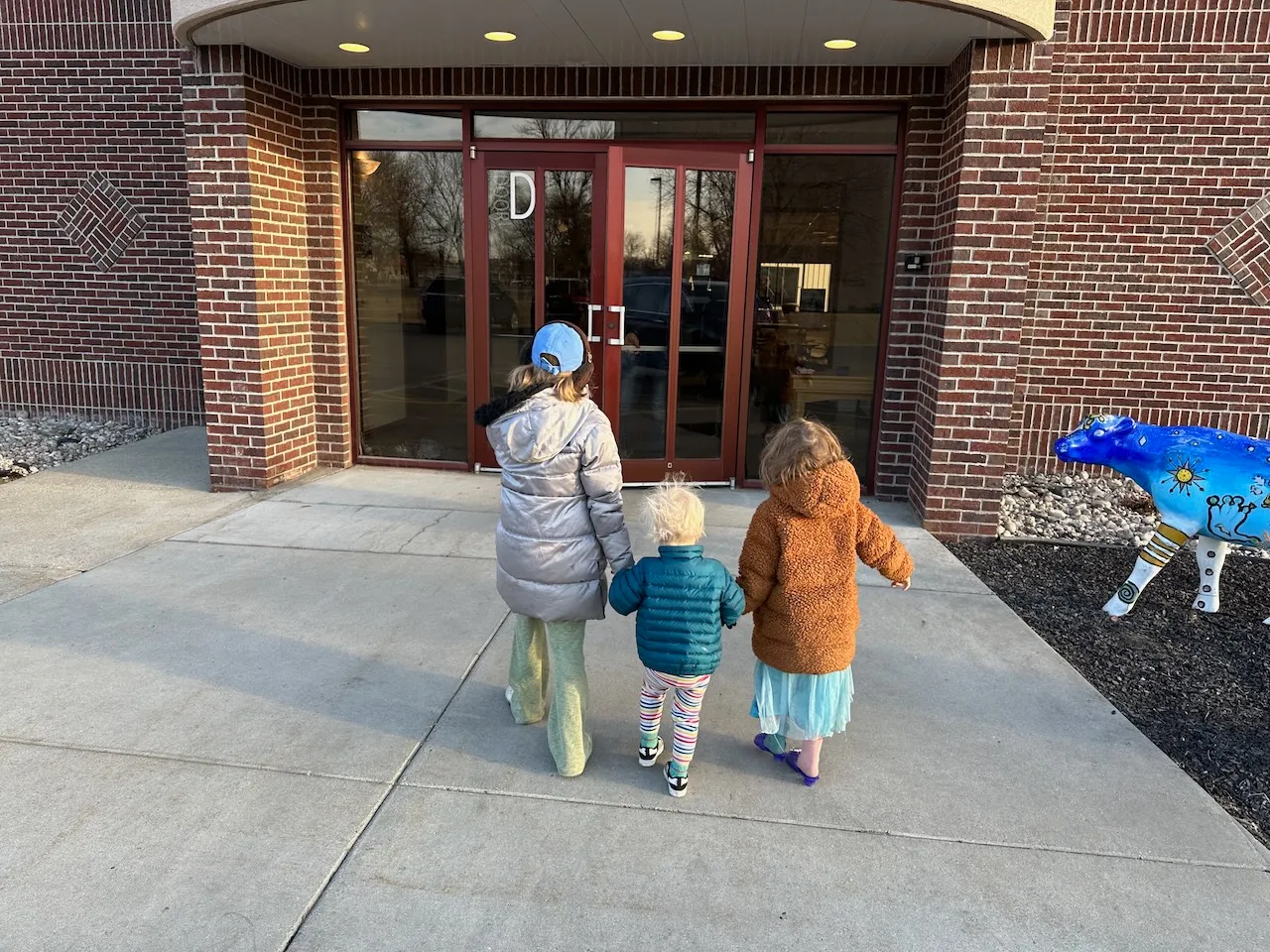On-Chain Credentials for K-5 Students in India
The Shishya Jigyasa Academy is helping young students to create a crypto wallet, learn wallet security, design a POAP, and claim an ENS domain.

Table of Contents
This article is co-written by Ryan Chadha, co-founder and director of the Shishya Jigyasa Academy, and Scott Meyer, ed3 educator and entrepreneur. You can purchase the NFT on Mirror.
Building the Future of On-Chain Credentials
Ed3 - the intersection of web3 and education - imagines a future where students are incentivized to learn and able to transparently share their skills.
Instead of just imagining this future, we wanted to help build it. In the coming weeks the Shishya Jigyasa Academy will teach students how to:
- Create a crypto wallet
- Learn best practices for wallet security
- Design a POAP
- Claim an ENS domain
Along the way, students will receive a custom designed “proof of attendance protocol”, or POAP, marking their progress.
This experiment was designed by the Academy along with its students and parents, but you can help.
You can mint this article as an NFT. All funds will be used to cover the cost of ENS domain registration. Any remainder will be distributed to the students’ wallets who earn all three POAPs.
We will also share our learnings along with the student designs so you can hire the students for your POAP design needs. Subscribe to make sure you get the updates.
Let’s dive into the blueprint for incentivizing and sharing learning.

Launching an Experiment in Incentivizing and Sharing Learning
The Shishya Jigyasa Academy is a K-5 school in North Bangalore, India, eventually growing to become a K-12 school.
At the Academy, we strive to create an environment in which children have multiple opportunities to express, create and build. The internet rewards the creators and the builders. Those who can utilise the abundant resources and serendipity on offer will get more out of life. More happiness, more opportunities, more success and more fulfillment.
One of the biggest reasons for starting the Academy was to bring positive change to the experience children have at school. The education system is typically a laggard when it comes to innovation. We want to do things differently - be at the forefront of innovation in the space and also be a school which follows the science of learning, brain development and developmental psychology.
When the pandemic hit, we swiftly moved to teaching remotely. For a school like ours, where activity and project-based learning is such a big part of the curriculum, this posed a significant challenge.
Very quickly, we learned that getting students to create using digital tools generated significant excitement.
They loved creating podcasts on Anchor (listen below - it’s amazing), videos on YouTube, writing newsletters on Substack, doing projects on Scratch and designing on Canva. They did a lot of their assignments utilising these tools, and many can proudly proclaim themselves full stack creators.
We then started to think about the best way to string all this creativity together in a fashion that would allow students to leverage this work in the future.
In India, board exams are the raison d’etre of most children. The performance in the 10th and 12th grade exams is thought to be the main determinant of the college you’ll attend, your future job prospects, and more. However, the world is changing, and fast. People care less about grades and degrees and value what you can do.
Proof of work is the most valuable currency.

When a child can point to hundreds of projects that they have worked on, it builds trust and credibility - more credibility than a mark sheet or a degree. Furthermore, developments in Web3 now allow learners to build academic currency as proof of work.
What if every teacher out there could issue micro-credentials to every student that completed a project? And if every student could then build an inventory of such micro-credentials over time, which can then be tracked on a public blockchain? Over a period of a few years, every child would have acquired hundreds of micro-credentials, spanning various fields of knowledge which are on a public ledger for all to see. With a few changes in the user interface, every learner will be able to showcase a tree of knowledge built over many years and in collaboration with many teachers and peers.
We have seven students from the Academy who will trial this exact concept.
The goal is to teach children the basics of what a wallet is and how to securely use it. Then issue POAPs for every project and activity completed. Over time, students will design these POAPs for their classmates, and possibly for anyone in the world needing a POAP, creating a potential source of income.
While this experiment is a small step in the longer process of building on-chain credentials, we believe it will build local support for future experiments. Most importantly, we believe it will incentive students to learn skills that will help them navigate their future reality.

Credentials for Creation
Academic credentials will continue to lose their share of mind space and importance in the years to come. Learning happens everywhere, and all the time. Why should going to university be deemed more prestigious than pursuing 10 different projects over the same time period?
Using a system such as the one we are building, learners and teachers all over the world will be able to create trust and credibility in a way that can be verified, and which allows near limitless collaboration and connection.
The future is now, and you can help. Are you in?
Scott David Meyer Newsletter
Join the newsletter to receive the latest updates in your inbox.



